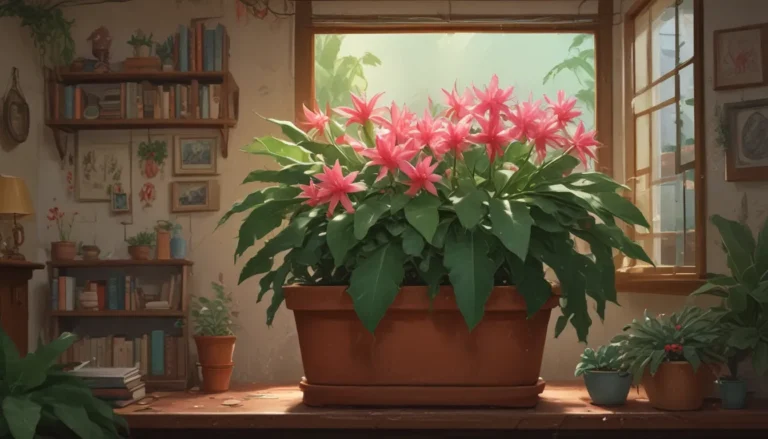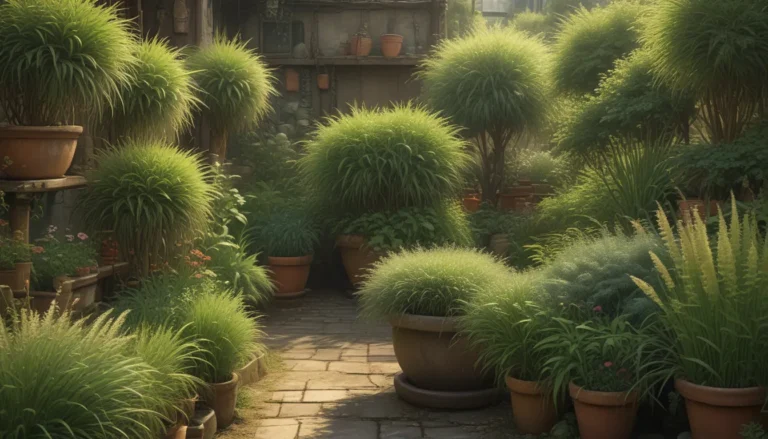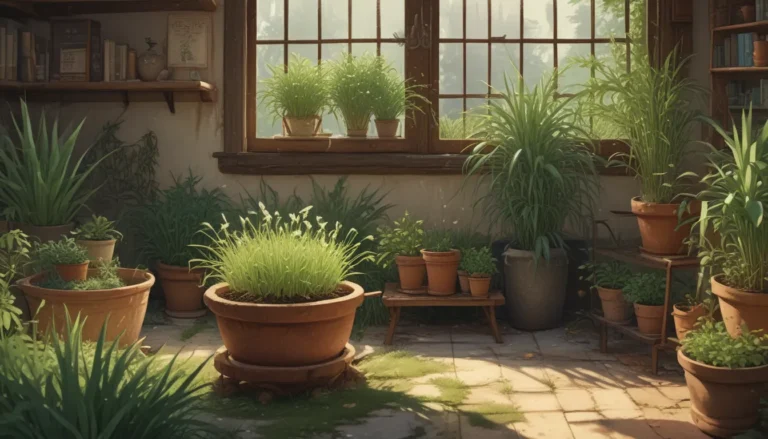Comprehensive Guide: Why Your Forsythia May Not Bloom

Forsythia, a genus known for its vibrant yellow blossoms that herald the arrival of spring, is a delightful addition to any garden. With 11 species to choose from, these easy-to-grow, woody shrubs can bring a burst of color to your landscape. However, sometimes these beauties may fail to bloom as expected. In this detailed guide, we explore the top reasons why forsythia plants may not bloom and offer tips on how to prevent these issues.
7 Common Reasons Why Forsythia May Not Bloom
-
Buried Crown
- The crown of a shrub, where the roots meet the stems, should ideally be about an inch above ground level. Burying it too deeply can hinder root growth and nutrient uptake, leading to poor blooming.
- Avoid planting too deeply and leave some space around the crown when applying mulch.
-
Excess Nitrogen
- An abundance of nitrogen in the soil can result in excessive foliage growth with few to no flowers. Opt for a well-balanced, slow-release fertilizer to prevent nitrogen overload.
- Mature shrubs planted in nutrient-rich soil may not require additional fertilization.
-
Improper Pruning
- Forsythia blooms on old wood and sets next year’s buds soon after flowering. Pruning at the wrong time can eliminate future blossoms.
- Prune immediately after flowering to avoid cutting off developing buds. Remove one-third of the shrub every two to three years to maintain vigor.
-
Late Freeze
- Sudden drops in temperature can cause buds to freeze and fail to open. Protect smaller shrubs from extreme cold by wrapping them in burlap.
- Water shrubs during dry, cold spells to help them withstand sudden freezing temperatures.
-
Old Plant
- Older shrubs with lots of old wood may produce fewer flowers. Revitalize them by pruning one-third of the plant and opening up dense middles for better sunlight penetration.
- In a couple of years, rejuvenated plants should produce an abundance of fresh canes and blossoms.
-
Premature Bloom
- Unseasonably warm weather can trigger premature blooming, resulting in fewer or no blossoms in spring. Unfortunately, there’s no remedy for this, as it’s a natural response to environmental conditions.
-
Too Shady
- Forsythia thrives in full-sun locations and may not bloom well in shady spots. Consider relocating plants to areas with at least six hours of sunlight daily.
- Prune nearby trees and shrubs to allow more sunlight to reach your forsythia if moving them is not an option.
Strategies for Blooms You Can Count On
Understanding these seven factors that may hinder forsythia blooming enables you to take proactive steps to ensure a colorful display in your garden. While premature blooming may be beyond your control, addressing issues like buried crowns, excess nitrogen, improper pruning, and inadequate sunlight can help promote healthy blooming in your forsythia shrubs.
Have you encountered challenges with forsythia blooming in your garden? Share your experiences in the comments below! For more insights on growing shrubs and enhancing your garden’s beauty, explore these helpful guides:
- 7 Tips for Growing Formal or Informal Forsythia Hedges
- The 5 Best Shrubs for Hedges High and Low
- 11 of the Best Forsythia Varieties for Glorious Spring Color
- 5 Common Causes of Forsythia Yellowing
By being proactive and addressing potential issues that may hinder blooming, you can enjoy a vibrant and colorful display of forsythia blossoms in your garden. Remember, proper care and attention to these factors can make all the difference in the health and vitality of your shrubs.





